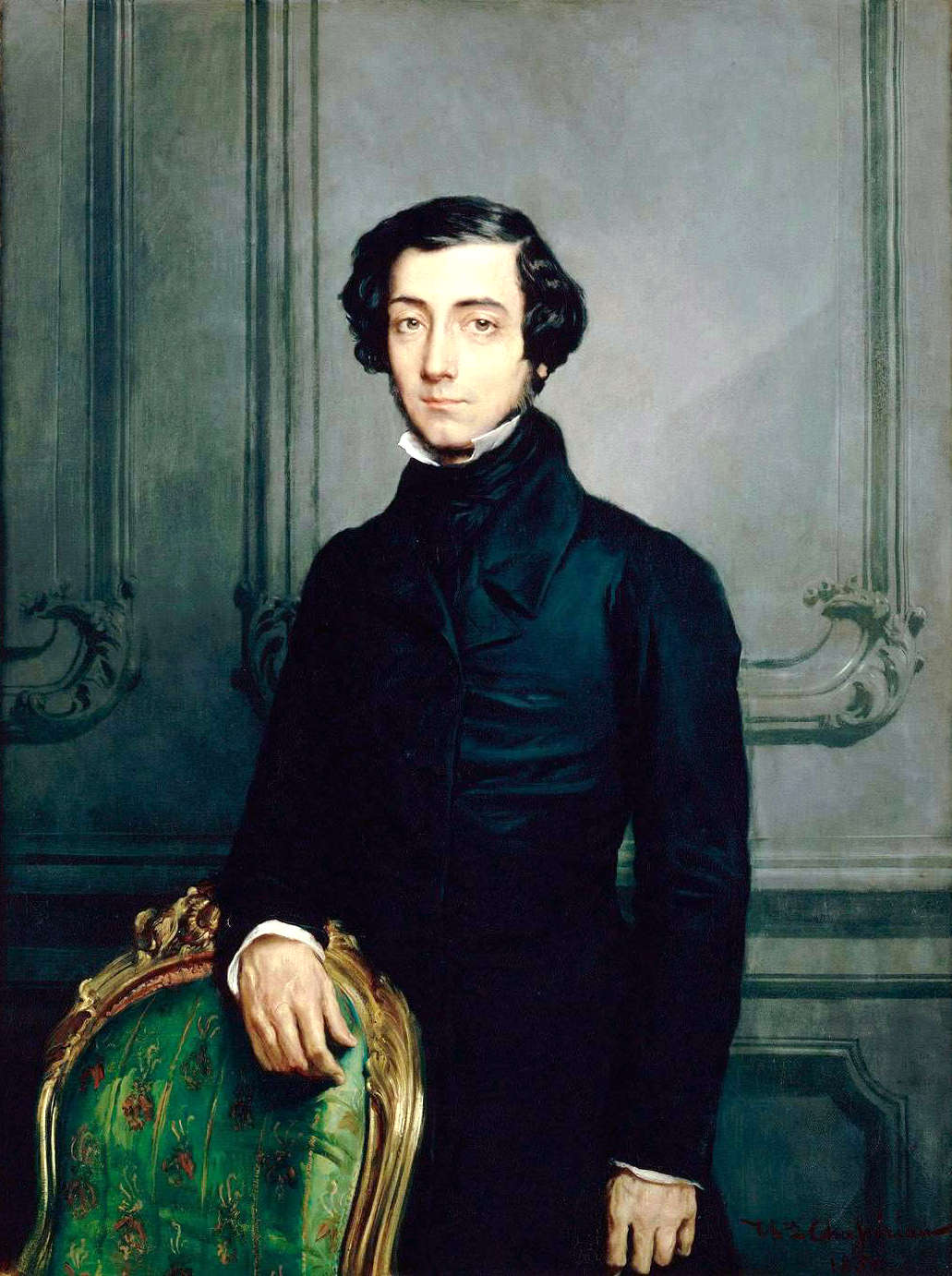 |
| Founded April 2022: Cultivate Hope Corner Store, 604 Ellis Boulevard NW |
One of my hopes ten years ago for urbanist development in Cedar Rapids was the emergence of neighborhood grocery stores. I'd been reading urbanist luminaries like Andres Duany and co-authors, as well as Jane Jacobs and Stacy Mitchell, who commended having daily essentials like groceries within walking distance. Though corner stores flourished a couple of generations ago--the 1953 Polk's Directory for Cedar Rapids lists well over 100--today the grocery landscape is dominated by big box suburban supermarkets and gas station-convenience stores. In 2015, the then-new master planning document Envision CR did not mention corner stores, although it allowed that newer developments on the edge of town could see "neighborhood retail or mixed use" near residences.
 |
| Closed June 2024: Former Hy-Vee, 1556 1st Avenue NE |
The ensuing decade has brought some though not very much movement in this direction. The versatile social service nonprofit Matthew 25 opened a corner grocery store on the northwest side three years ago. Meanwhile, however, the Mound View and Wellington Heights neighborhoods lost their grocery store when Hy-Vee closed last spring. There are a couple of "international" groceries in preparation, but they haven't opened yet.
 |
| Opening TBD: Hornbill Asian Market, 1445 1st Avenue SE (photo 12/31/2024) |
And burgeoning apartment construction in the core neighborhoods have surprisingly (to me, at least) not resulted in local stores to serve their new occupants.
The Neighborhood Corner Store is operated by Matthew 25 as a non-profit, and they seek donations of cash and produce. It has the potential to do a lot of good in what it calls a "former food desert," but may not be a model for widespread adoption of corner stores. When I talk to sympathetic people about the Neighborhood Corner Store, they immediately mention the shortage of parking. Of course, if you're coming from across town, that's going to matter, but that's not what corner stores are for. It makes me wonder if Cedar Rapids even "gets" the concept of corner stores, much less is waiting for them to supplant the large-lot suburban supermarkets?
Small groceries were everywhere in my early life; growing up, we did most of our grocery shopping at the Sunnyside Supermarket, three blocks from our house, albeit required crossing a fearsome state highway.
 |
| Former Sunnyside Supermarket site: 611 West Roosevelt Road, Wheaton, IL today |
My only recent experience with corner stores came in Washington, D.C., where I spent a semester in 2018. There were three corner stores near our apartment, no doubt due to the neighborhood's unusual combination of wealth and population density. One of them, the Congress Market on East Capitol Drive, has since gone out of business.
 |
| Congress Market, formerly at 4th St and East Capitol Drive SE |
So has an Amazon Fresh store in Crystal City that had only opened in 2022, as well as two small-format Target stores (Del Maestro 2025).
So, I don't know. The argument for corner stores is compelling: As walkable destinations, they provide everyday opportunities for exercise, energy conservation, and community building. But are there viable business plans, and strong enough public preferences to choose corner stores over megamarkets?
Dave Olverson's recent piece for City Builder blames zoning restrictions for the lack of corner stores, and so, in a talk for Cities for Everyone that focused on housing, does Missing Middle Housing author Dan Parolek. Addison Del Maestro, however, notes the difficulty of slotting neighborhood stores into metropolitan form that is decidedly suburban:
"Urbanism," after all, isn't just land use. It's all the other elements of a place scaled to urban land use. [Emphasis his.] That includes passenger and utility vehicles--urban firetrucks, the small cars that Europe calls "city cars"--for example. It also includes smaller-scale retail. But because the status quo everyday store has shifted from a small Main Street store to a big-box, car-oriented suburban one, localities and developers do not have a bundle of "off the shelf" retail concepts to fill out Main Streets, urban neighborhoods, and mixed-use developments. Residents want their own grocery store nearby or underneath the apartments, but most national and general merchandise chains do not really operate that retail concept at scale. (Del Maestro 2025)
Cedar Rapids found this out when city officials, actively but in vain, tried to recruit grocery chains into the former Hy-Vee space on 1st Avenue NE. I just don't think that zoning reform will be enough in our town, as long as grocers choose away from small stores, and residents are for the most part comfortable driving to supermarkets, as well as being anxious about the supply of parking being impacted by stores near their homes.
 |
| Neighborhood supermarket? Folks in this subdivision can walk to Hy-Vee |
ORIGINAL POST: "Envision CR IV: Neighborhood corner stores," 28 May 2015
EXCITING UPDATES!!
"NewBo City Market Expansion to Field Neighborhood Grocery by Field to Family," Iowa's News Now, 8 May 2025
Rebekah Vaughan, "Developer Hopes to Bring Grocery Store to Wellington Heights, Neighbors React," KCRG.com, 6 May 2025





























